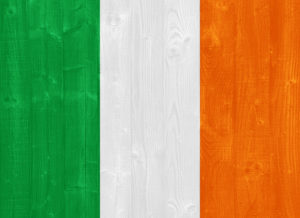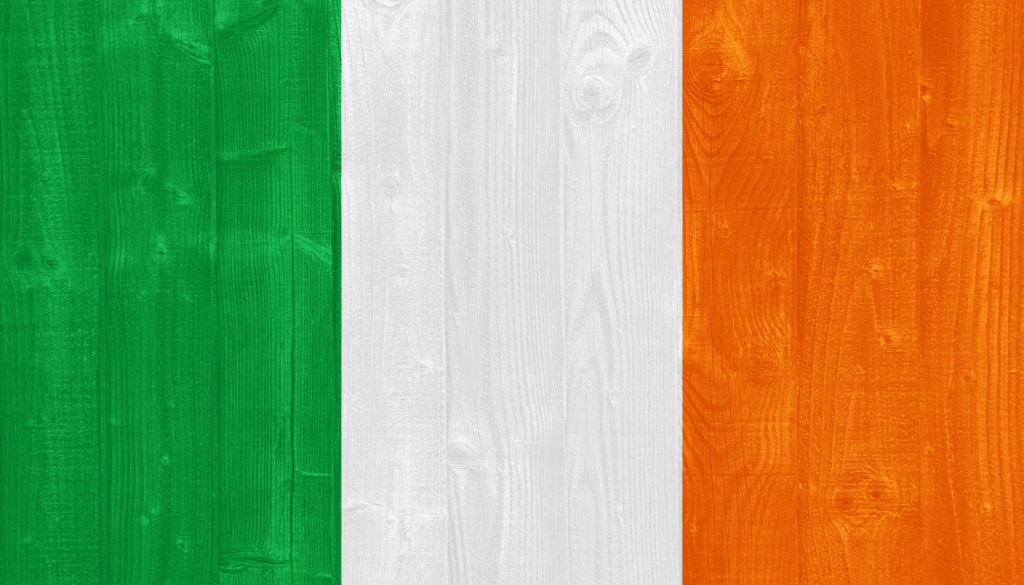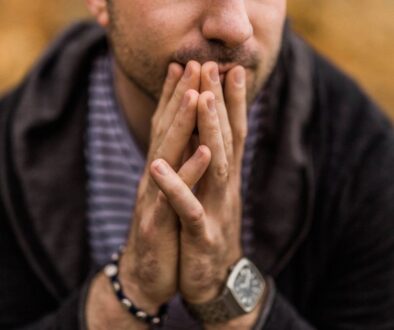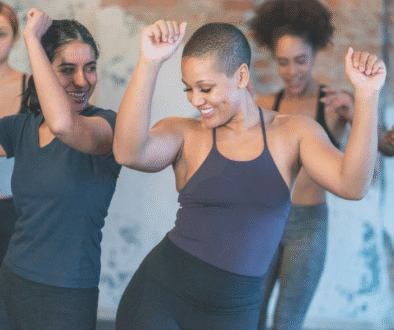Dance Like the Irish

According to the U.S. Census in 2013, more than 35.5 million Americans listed their heritage as Irish. So, it is not surprising that for many Americans the month of March has become synonymous with St. Patrick’s Day, and the chance to embrace Irish culture. Also known as the Feast of Saint Patrick, St. Patrick’s Day is no longer a purely religious feast day for the patron saint of Ireland, but is now an international celebration of Irish culture that typically mixes parades and oceans of green beer with traditional culinary Irish favorites and popular Irish music. Stout beer, strong whiskey, and corned beef and cabbage aside, St Patrick’s Day doesn’t just have to be a day of unhealthy indulgence, and the healthy side of being Irish shouldn’t go unnoticed, namely in the form of Irish dancing!
Music and dance has always been an integral part of Irish culture, from traditional Irish folk dances to vigorous step dances and jigs popularized in modern times by “Lord of the Dance” creator Michael Flatley. The Irish jig is a lively, upbeat form of dancing that can be done alone, with a pair or in a group forming a square. There is a great amount of leg movement, rapid footwork and stomping of the heels that goes to the beats of the lively music. It is an old, social tradition that has lived on in Irish and dance history. It can be a great alternative form of exercise because it gets the heart rate pumping and is fun to perform.
Irish dancing is excellent aerobic exercise, especially step dancing, which requires the execution of intricate and rapid feet movements, and therefore making it a powerful workout for the legs and the lungs! It takes a lot of cardio, so you need endurance and stamina. Core development is a big perk, because you engage your core to keep your posture and the body and arms are mostly kept still while the elaborate footwork is being performed. It facilitates better coordination, agility and flexibility with a wide range of motion. Irish dancing also builds strength by forcing the muscles to resist against body weight, especially because this style of dance requires jumping and leaping high into the air, which builds tremendous strength of the major leg muscles. Irish dance training incorporates other types of athletic training such as running, Pilates, and yoga. Pilates is perfect for strengthening core muscles to maintain posture. Yoga is incorporated by the need for lower body strength and flexibility. Running builds stamina, and ballet training is useful in working on arches, turnouts, and crossovers. It is like cross-training for Irish dancing!
The benefits of getting footloose also extend beyond the physical. A recent study published in the New England Journal of Medicine found that dancing keeps your brain nimble and can help to ward off dementia as you age. Making hundreds of split second evaluations and decisions while dancing is a lot of mental exercise! And because you’re listening to music while you dance, it feels like less work than comparable exercises, as music reduces the perception of exertion by about 10%! Irish dancing can also increase self-confidence (mostly because it is so challenging!), build social skills, reduce stress and tension, and gives a sense of well-being.
Want to celebrate St Patrick’s Day in a healthy way? Try dancing like the Irish for your better health—that will help you earn a well-deserved Guiness or two!!



